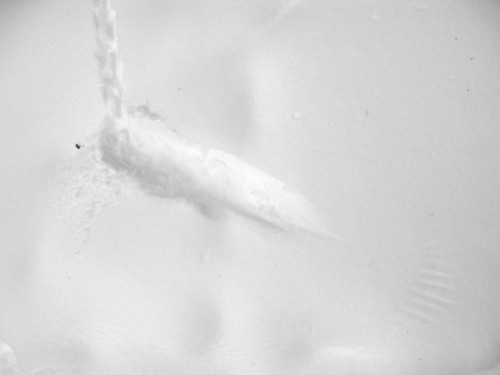A critique of Lindzen & Choi’s 2009 paper has just been published, debunking the notion of strong negative temperature feedback in the tropics. I had noticed that its statistical method of identifying intervals in a time series was flawed, and that models cited appeared to sometimes lack volcanic forcings, rendering correlations meaningless. I’m happy to see those observations confirmed, and a few other problems raised. (I’m happy that I was right, not that climate sensitivity is higher than Lindzen & Choi suggest, which would be good for the planet.) I haven’t read the details of the critiques, so I can’t say whether this really closes the book on the question, but it at least indicates that the original work was a bit sloppy. Since Lindzen is one of the few contrarians who knows what he’s doing, and it’s useful to have such people around, I wish he would focus less on WSJ editorials and more on scholarship.


